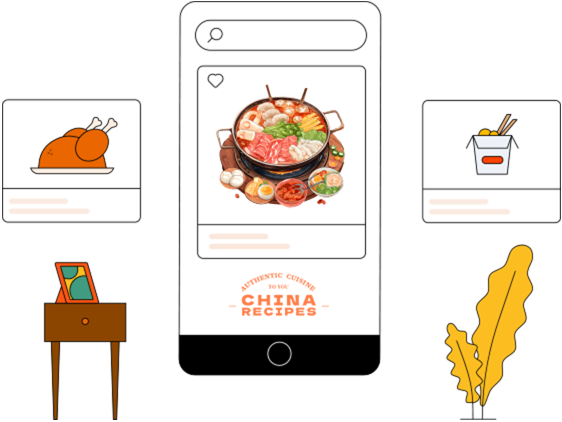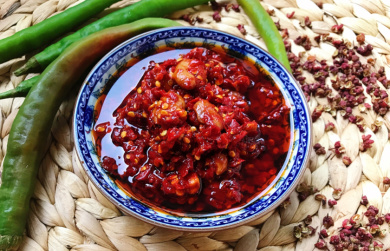Is Doubanjiang Healthy? A Quick Look at Its Benefits
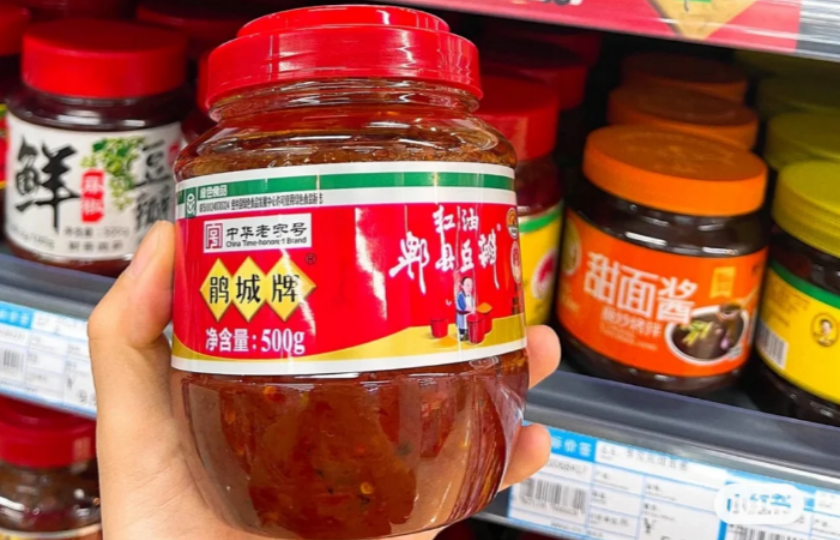
Doubanjiang, a frequently used seasoning in Chinese cuisine, has a salty, savory, and spicy flavor. When added to stir-fries, it enhances the taste of dishes. However, many people wonder whether it’s healthy or not. Let’s take a closer look at whether doubanjiang is healthy!
Is Doubanjiang Healthy?
Whether doubanjiang is healthy depends on several factors.
Benefits
Doubanjiang is commonly used in Sichuan cuisine and has a strong bean flavor. It adds a rich taste to dishes and brings a bit of spice, increasing the overall enjoyment of the meal.
It’s important to note that doubanjiang is made from soybeans, chili peppers, salt, and other ingredients. Soybeans are rich in plant protein and dietary fiber, which are beneficial for health. Chili peppers are high in vitamin C and antioxidants, which can boost immunity. Salt is an essential mineral for the body, and consuming it in moderation provides various necessary nutrients.
Health Risks
However, it’s important to keep in mind that doubanjiang contains salt and oil, which may lead to excessive sodium intake if consumed in large amounts. Too much sodium can affect blood pressure and cardiovascular health.
Additionally, some doubanjiang products may contain preservatives and artificial coloring, which, if consumed over the long term, could put a strain on the digestive system.
In conclusion, doubanjiang itself is a healthy condiment, but it’s essential to control the amount used to avoid excessive intake.
What Is Doubanjiang Made Of?
Doubanjiang is one of China’s traditional condiments, made from soybeans, chili peppers, salt, and other spices through a fermentation process.
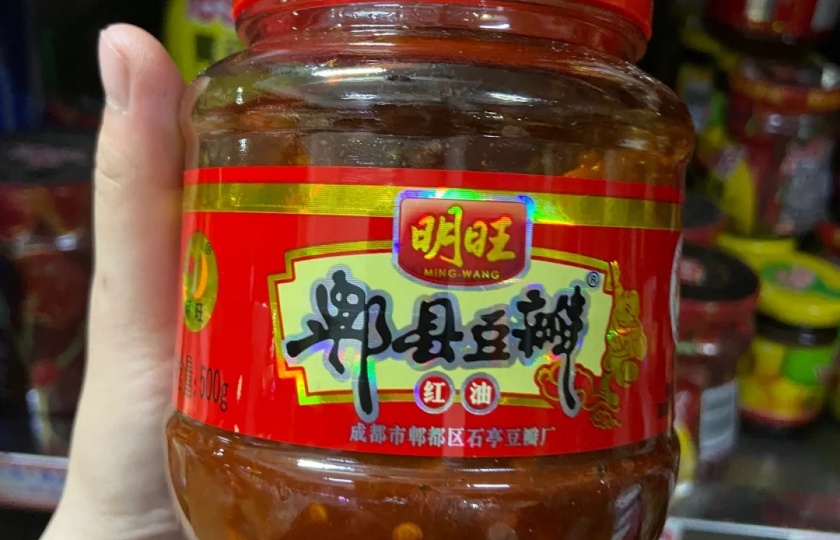
The production of doubanjiang is relatively complex. High-quality soybeans are selected and undergo steaming and fermentation, after which chili peppers, salt, and other seasonings are added to continue fermentation.
The salty and spicy flavor of doubanjiang primarily comes from the soybeans, chili peppers, and salt. During fermentation, the proteins and starches in the soybeans are converted into amino acids and sugars, creating the unique flavor of doubanjiang.
In China, there are many types of doubanjiang, with regional variations. For example, Sichuan doubanjiang is spicier and has a richer flavor, while in other regions, doubanjiang may be milder or even slightly sweet.
What is a good substitute for doubanjiang?
If you don’t have doubanjiang, you can consider using the following alternatives:
Chili Oil Paste
Doubanjiang has a salty and spicy taste, which can be replaced by chili oil paste. The spiciness and aroma of chili oil paste are similar to doubanjiang, although it lacks the distinctive bean flavor and fermentation taste. You can add a bit of soy sauce or fermented soy products to make up for the missing flavor.
Yellow Bean Paste
Some doubanjiang varieties have a strong soybean flavor. If you want to keep that fresh soybean taste, you can substitute yellow bean paste. Yellow bean paste is made from fermented soybeans and has a rich taste, but it’s milder than doubanjiang and less spicy. If you prefer more heat, you can add chili peppers.
Soy Sauce + Chili Sauce
This is a simple and convenient substitute for doubanjiang. Soy sauce provides the salty and savory flavor, while chili sauce adds the spiciness and aroma. Together, they create a flavor profile close to that of doubanjiang.
Hotpot Base
This is my most commonly used substitute. The flavor of hotpot base, especially the spicy and numbing variety, is very close to doubanjiang. It works well for stir-frying or braising. However, keep in mind that the spiciness and numbing sensation of hotpot base are more intense, so you can adjust it based on your taste.
What’s the Difference Between Doubanjiang and Chili Sauce?
Doubanjiang and chili sauce differ in ingredients, preparation methods, flavor, and uses. Here's a detailed comparison:
Ingredients
Doubanjiang: Made from broad beans or soybeans, with added chili peppers, salt, sesame oil, and other ingredients. Broad beans are fermented to give doubanjiang its unique flavor.
Chili Sauce: Made from chili peppers as the main ingredient, with garlic, ginger, sugar, salt, and other seasonings. There are many types of chili peppers, such as small chili peppers and Erjingiao peppers, which vary in heat.
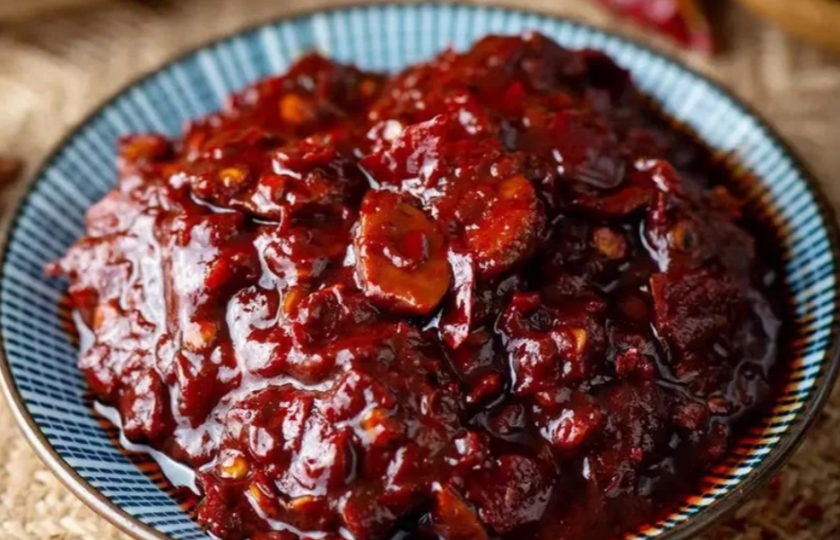
Preparation Method
Doubanjiang: The process is more complex, involving soaking the broad beans, steaming, fermenting, and then mixing with chili peppers and other seasonings for further fermentation.
Chili Sauce: The process is simpler. Chili peppers are chopped or ground into powder and then mixed with seasonings and hot oil.
Flavor
Doubanjiang: After fermentation, it has a rich bean aroma and salty taste, with a savory and slightly spicy flavor. The heat is milder.
Chili Sauce: Primarily spicy, with a direct and intense heat. Depending on the ingredients, it can also have sour or garlicky flavors.
Cooking Uses
Doubanjiang: Commonly used in Sichuan dishes like mapo tofu and twice-cooked pork, adding a deep savory and spicy flavor to the dishes.
Chili Sauce: Versatile and can be used in salads, as a dipping sauce, or for stir-frying. It pairs well with various ingredients, especially vegetables.
What’s the Difference Between Doubanjiang and Dajiang (Soybean Paste)?
Here’s a breakdown of the differences:
Ingredients
Doubanjiang: The main ingredients are broad beans or soybeans, with added chili peppers, sesame oil, salt, and other seasonings.
Dajiang: Made from soybeans and flour, it is fermented to create its unique flavor.
Production Process
Doubanjiang: Broad beans are soaked, steamed, and fermented before being mixed with chili peppers and other seasonings and fermented further for several months.
Dajiang: Soybeans are cooked and ground, then mixed with flour and other ingredients, followed by fermentation.
Flavor
Doubanjiang: Has a strong bean aroma with a mildly spicy and sweet-salty flavor. The texture is thick and sticky with whole beans.
Dajiang: Has a rich, salty, savory taste with a smooth texture and a full-bodied flavor.
Uses
Doubanjiang: A key ingredient in Sichuan cuisine, great for making dishes like mapo tofu and douban fish.
Dajiang: Widely used in Northeast China for dipping, stews, and stir-fries, such as the famous scallions with soybean paste.
How long does doubanjiang last?
Under normal circumstances, unopened doubanjiang typically has a shelf life of 12 to 18 months due to its high salt content, which acts as a preservative.
Once opened, the shelf life is significantly shorter. At room temperature, it can last for 1 to 2 months. If refrigerated, it can last for 3 to 6 months.
However, to ensure the best taste and safety, it’s recommended to consume it within 3 months after opening.
Is doubanjiang gluten free?
Typically, traditional doubanjiang made from broad beans, soybeans, chili peppers, salt, and water is gluten-free. Since broad beans and soybeans are legumes, and chili peppers are vegetables, none of these ingredients contain gluten.
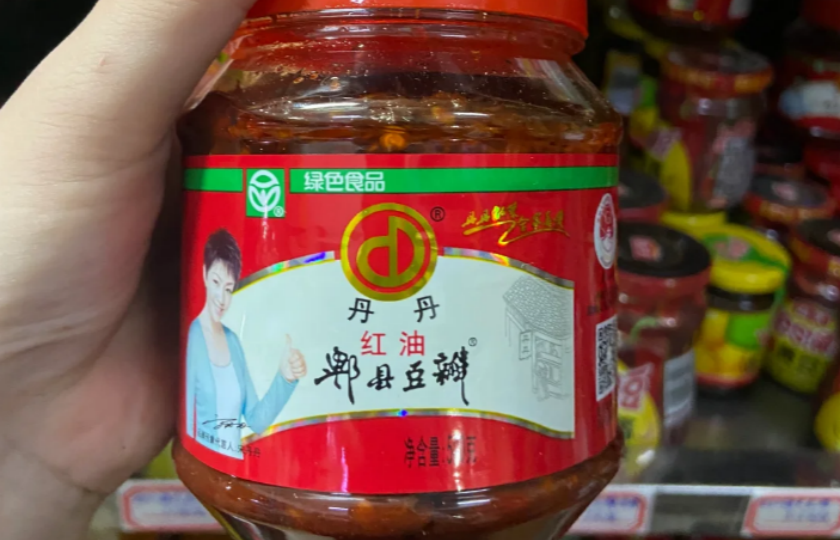
However, some doubanjiang products may contain additional ingredients to improve taste, texture, or consistency, such as wheat flour or barley flour, which do contain gluten.
Moreover, if gluten-containing containers or equipment are used during production and not thoroughly cleaned, there could be cross-contamination.
If you are sensitive to gluten or need a gluten-free diet, always check the label when purchasing doubanjiang. Many brands will indicate whether the product contains gluten or is suitable for a gluten-free diet.
If the label does not provide this information, look for doubanjiang specifically labeled as “gluten-free” or choose naturally fermented varieties, which typically don’t contain wheat ingredients.





